This article was co-authored by wikiHow staff writer, Sophia Latorre. Sophia Latorre is a Content Manager on the wikiHow team. Before joining wikiHow, Sophia worked as a technical editor and was published in six International Energy Agency (IEA) Wind Annual Reports. Now, she writes, edits, and reviews articles for the wikiHow Content Team, working to make the content as helpful as possible for readers worldwide. Sophia holds a BA in English from Colorado State University.
This article has been viewed 60,746 times.
Learn more...
Both kiloJoules (kJ) and calories (cal) are units that measure energy, usually in the context of nutrition. Luckily, it’s easy to convert between them so you can figure out exactly how much nutritional energy various foods contain.
Steps
Changing Kilojoules into Calories
-
1Start with the number of kilojoules (kJ). Nutritional energy is often measured in kilojoules, but you can convert kJ to calories (cal) in a few simple steps.[1]
- For instance, let’s say you want to convert 5 kJ.
-
2Multiply the kilocalories (kJ) by 1,000 to get the number of joules (J). Note that 1 kilojoule is equal to 1,000 joules. So, to convert from kilojoules to joules, multiply the number by 1,000.[2]
- For example, multiply 5 kJ by 1,000 to equal 5,000 J.
Advertisement -
3Multiply the number of joules (J) by 0.239 to get the number of calories (cal). Note that 1 kJ = 0.239 calories. So, to convert from joules to calories, all you have to do is multiply by 0.239.[3]
- For example, multiply 5,000 J by 0.239 to get 1,195 cal. Therefore, 5 kJ = 1,195 calories.
-
4Convert the calories (cal) into kilocalories (kcal) if desired. Simply divide the number of calories by 1,000 to get the number of kilocalories.[4]
- For example, divide 1,195 cal by 1,000 to get 1.195 kilocalories. Therefore, 5kJ = 1.195 kcal.
Converting Back from Calories to Kilojoules
-
1Divide the number of calories (cal) by 1,000 to find the number of kilocalories (kcal). If you haven’t already, convert the number of calories to kilocalories.[5]
- For instance, if you have 25 calories, divide this number by 1,000 to get 0.025 kcal.
-
2Multiply the kilocalories (kcal) by 4.185 to find the number of kilojoules (kJ). Note that 1 kcal = 4.184 kJ. So, to convert from kilocalories to kilojoules, multiply by 4.185.[6]
- For example, multiply 0.025 kcal by 4.184 to get 0.105 kJ. So, 25 calories is equal to 0.105 kilojoules.
-
3Convert the kilojoules (kJ) to joules (J) if desired. If you need to know the number of joules, rather than kilojoules, simply multiply by 1,000.[7]
- For example, multiply 0.105 kJ by 1,000 to get 105 joules. Therefore, 25 cal = 105 J.
References
- ↑ https://sciencing.com/how-5135082-convert-kilojoules-kilocalories.html
- ↑ https://sciencing.com/how-5135082-convert-kilojoules-kilocalories.html
- ↑ https://sciencing.com/how-5135082-convert-kilojoules-kilocalories.html
- ↑ https://sciencing.com/how-5135082-convert-kilojoules-kilocalories.html
- ↑ http://www.fao.org/docrep/006/Y5022E/y5022e04.htm
- ↑ http://www.fao.org/docrep/006/Y5022E/y5022e04.htm
- ↑ http://www.fao.org/docrep/006/Y5022E/y5022e04.htm
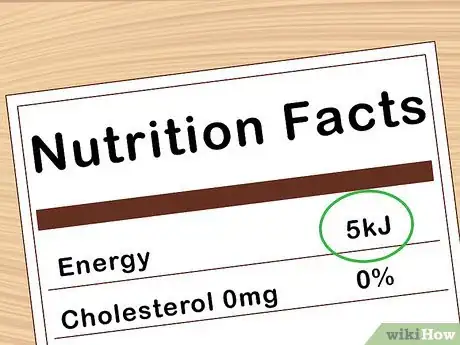
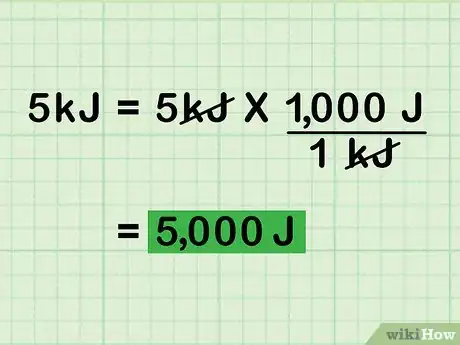
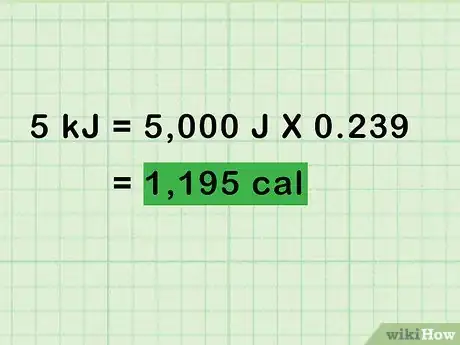
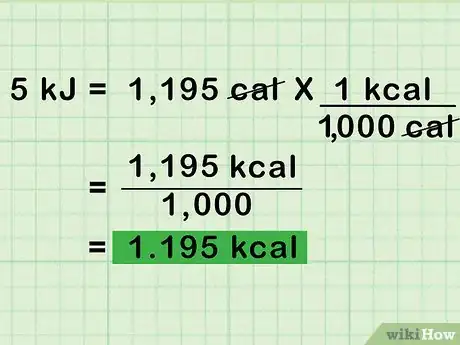
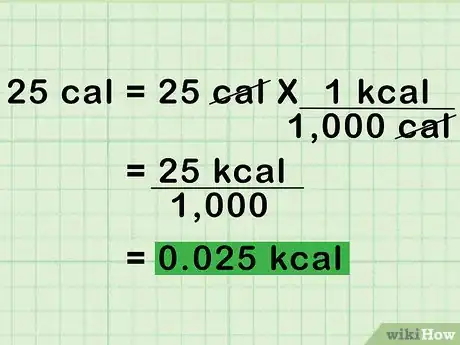
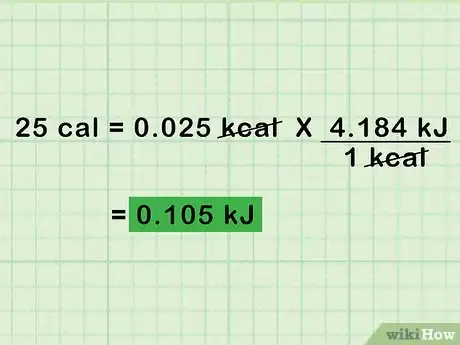
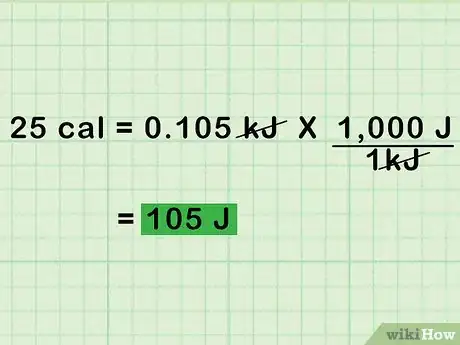
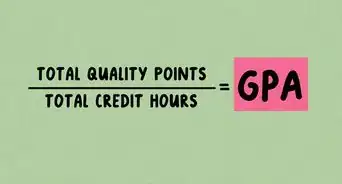
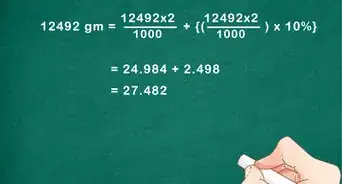
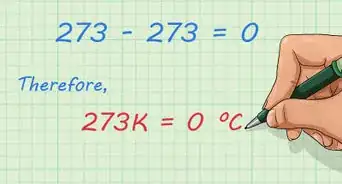
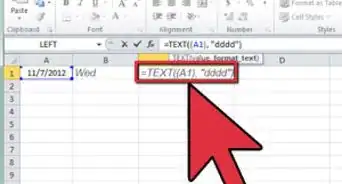

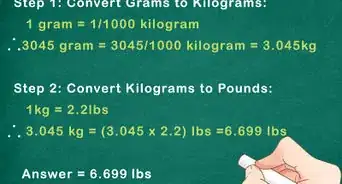
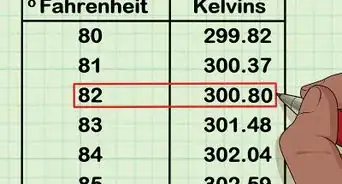

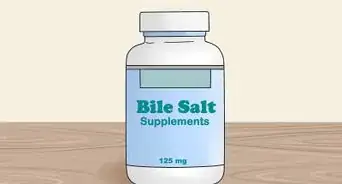



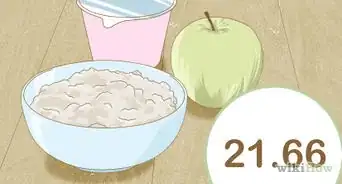








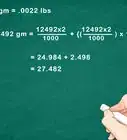
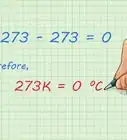





































Medical Disclaimer
The content of this article is not intended to be a substitute for professional medical advice, examination, diagnosis, or treatment. You should always contact your doctor or other qualified healthcare professional before starting, changing, or stopping any kind of health treatment.
Read More...